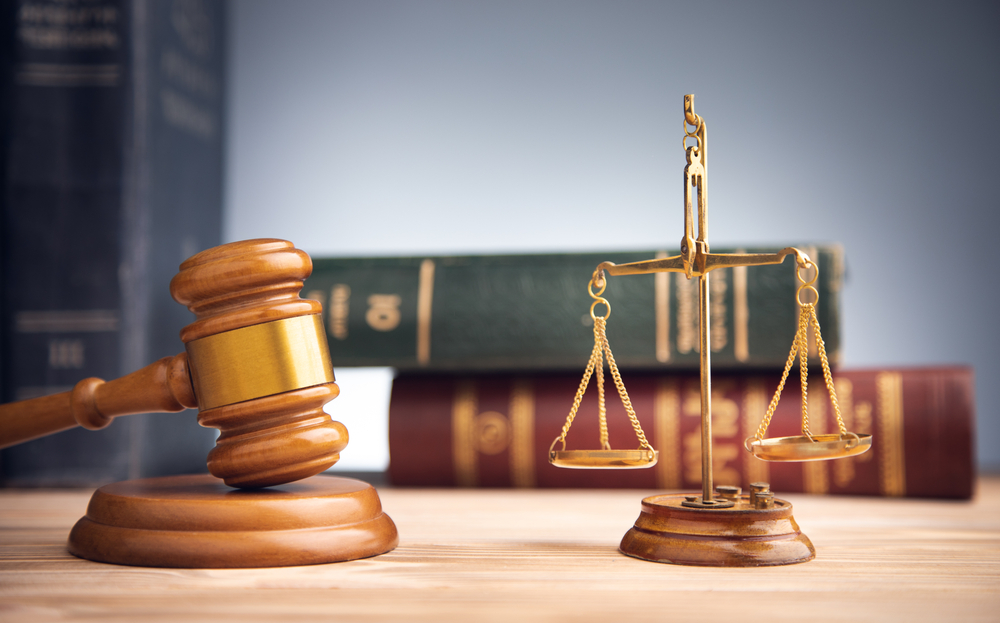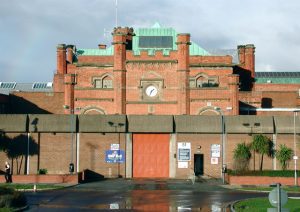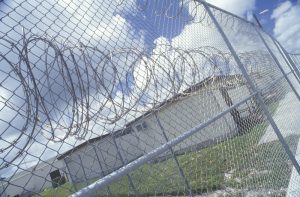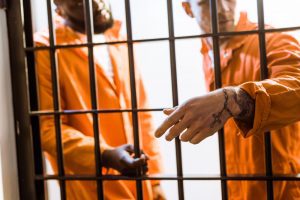Criminal justice refers to law enforcement, legal cases, and prison as part of an overall system of addressing individuals accused or found guilty of crimes.
Generally, one of the biggest problems in the criminal justice system is the lack of funding and resources.
Fair and unbiased policing and courtrooms are other major concerns, as there is a history of corruption in many criminal justice systems, both in the U.S. and around the world.
Keep reading to learn more about common problems in the criminal justice system.
Table of Contents
What is the criminal justice system?
The criminal justice system delivers justice to individuals accused of both violent and non-violent crimes and the victims of those crimes.
There needs to be a balance between protecting the victim and acknowledging how they were harmed and protecting the human rights of an accused criminal, or an individual found guilty.
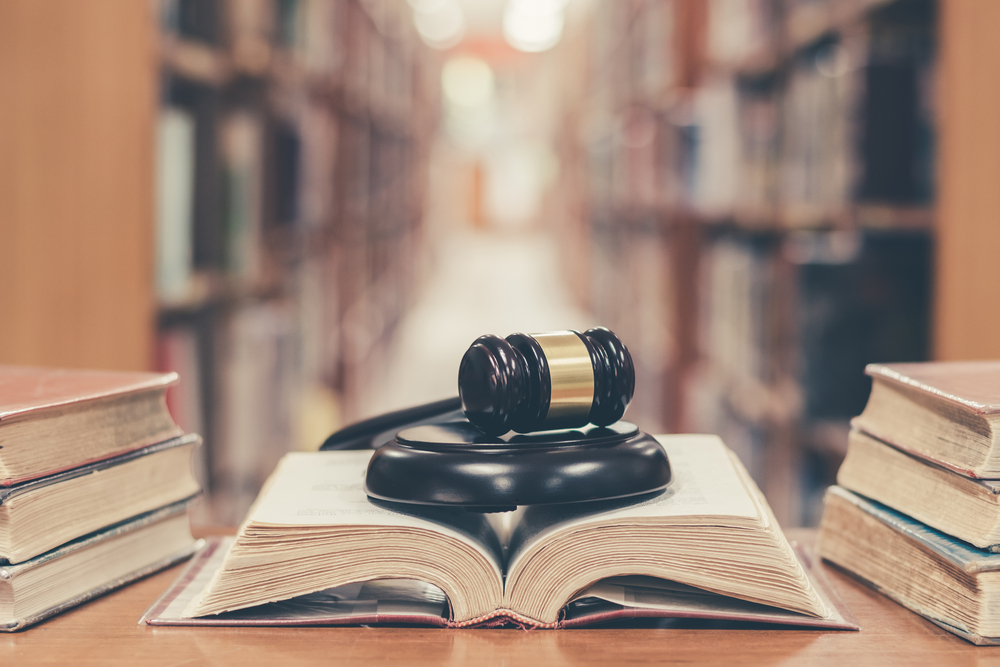
Many government institutions come together to form the criminal justice system, which aims to prevent further crime, support victims, and rehabilitate offenders when possible.
The U.S. criminal justice system includes three main pillars: the police, courts, and corrections.
Most other countries follow a similar model, although laws vary from nation to nation.
The police enforce laws, arrest suspected violators, prevent crime, and protect the public.
The courts ensure fair trials for determining whether the accused is guilty or innocent. At the same time, the corrections system protects the public and works to rehabilitate criminals in an effort to stop them from reoffending.
Why is criminal justice challenging?
There are many reasons why criminal justice is challenging, from overcrowded prisons and not enough funding to biased officials and courtroom corruption.
A constant stream of criminal activity doesn’t help, either, as the police and court officials struggle to keep up with demand throughout the criminal justice system.

Not only are there issues with the amount of criminal activity in many communities, but even when offenders are tried and found guilty, there may not be enough space for them in overcrowded prisons.
After all, the number of prisoners in the U.S. per capita has quadrupled over the past four decades, with over 2.3 million people now incarcerated across the country, according to the American Civil Liberties Union.
Also, corruption has existed in the criminal justice system for centuries, and while improvements have been made to ensure a fair and balanced trial for all, this doesn’t always happen.
The U.S. criminal justice system is much less corrupt than it once was, although bribes still happen, and corruption is even more common in developing countries with high crime rates.
What is corruption in the criminal justice system?
Criminal justice corruption refers to activities that violate the key principle of equality throughout policies, courts, and corrections.
Influence, money, and special favors are common in corrupt criminal justice systems, which allows guilty individuals to get off with minimal, if any, repercussions for their criminal actions.
For example, in a corrupt court, monetary bribes under the table influence which legal cases are addressed urgently, and which ones are dismissed.

Corruption occurs in all sorts of cases, from tax fraud to illegal business activities and violent crimes.
According to the National Institute of Justice, there have been thousands of federal corruption cases and convictions since 1985, with the vast majority falling into one of four categories: bribery, conspiracy, extortion, and fraud.
Some top-level politicians and business figures have ended up in jail following corruption cases, such as Duke Cunningham and Bob Ney from the U.S. House of Representatives.
How many jails are in the U.S.?
In addition to corruption, the lack of prison space proves to be a serious concern in the criminal justice system.
Suspected criminals are held in local jails as their case proceeds in court or until the charges are dropped, while convicted criminals are sent to prison for the length of their sentence.
Unfortunately, there isn’t always enough space in these facilities to accommodate the growing number of criminals.
In the U.S., there are approximately 3,200 public and private jails as well as 12 federal facilities.
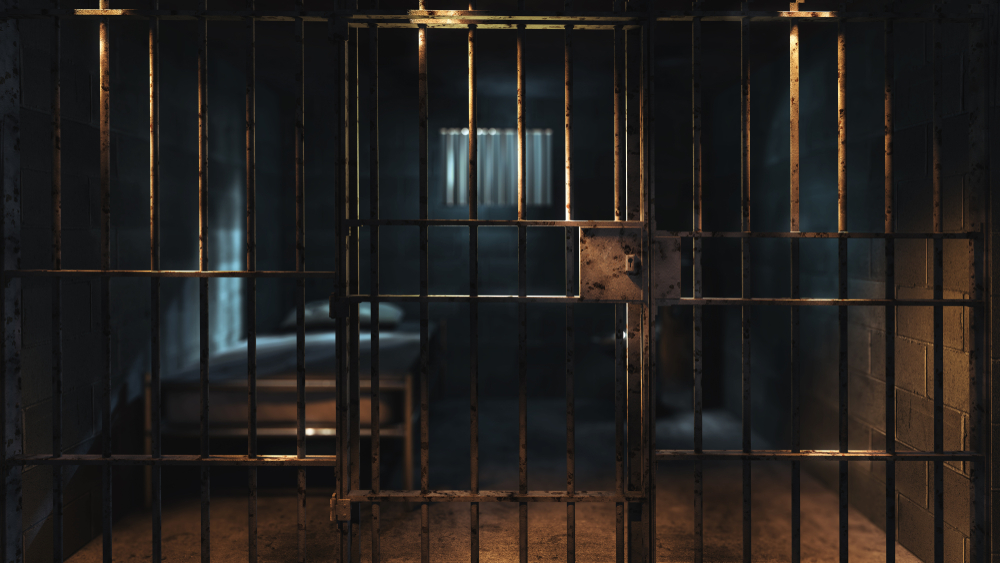
While this may seem like a lot, many of these facilities are actually overcrowded and under-resourced, which has a direct impact on inmate safety and community protection.
If jails don’t have enough room to house everybody, criminals are released when they shouldn’t be, which leads to more crime and public safety risks.
It’s also challenging for corrections staff to manage large prison populations while maintaining professionalism and personal safety at the same time.
The more funding there is for prisons, the less pressure there is on existing facilities, although this is a work in progress throughout the U.S. and beyond.
Is the criminal justice system outdated?
Another one of the biggest problems in the U.S. criminal justice system is that it’s outdated and fails to address major concerns regarding fair trials, rehabilitation, and crime prevention.
Many people feel the justice system focuses too much on traditional policing and trials, with thousands of people incarcerated for minor crimes while other serious offenders get off without consequences.
Criminal justice is always a complicated matter, and some people argue there is not enough focus on rehabilitating young offenders behind bars for drug and theft charges.
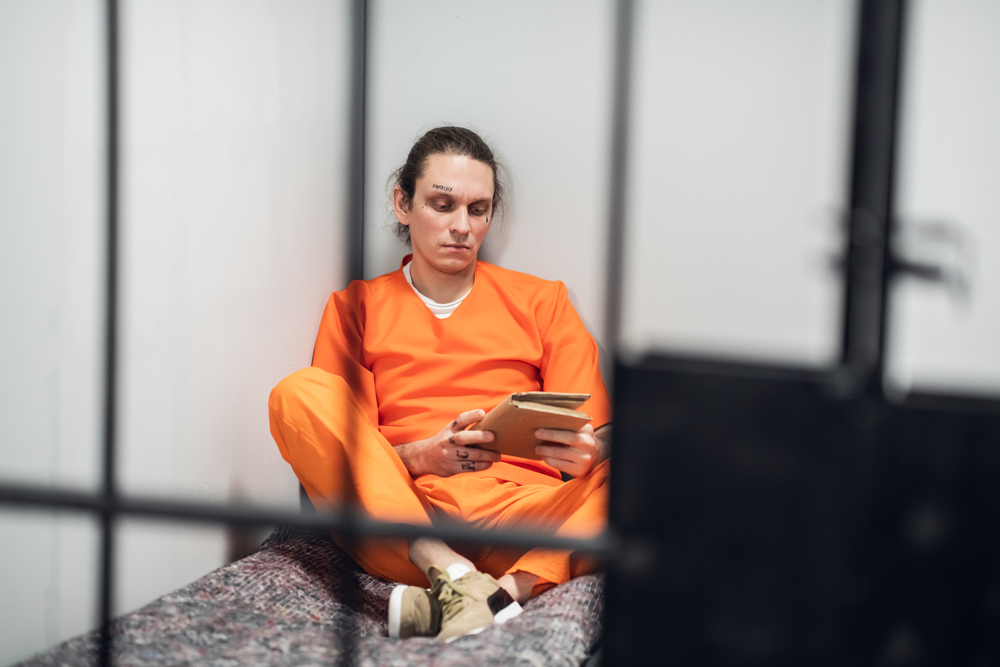
On the other hand, there are numerous cases of repeat offenders being let back into the community just to commit more crimes and put innocent civilians at risk.
That’s why critics of the criminal justice system say more needs to be done to improve rehabilitation, prevention, and the overall justice system nationwide.
Keep in mind that, with nearly seven million people in some form of correctional control, the U.S. leads the world in incarceration.
Over two million are serving active sentences, and the rest are under surveillance or out on parole or probation.
With an estimated 100 million Americans having a criminal record, the U.S. has a reputation for over-policing, even though it’s known as the “Land of the Free.”
Does the U.S. criminal justice system need to change?
Considering all the problems of the outdated and inadequately resourced criminal justice system in the U.S., most people believe changes need to be made in at least some areas.
For example, there are proponents of decriminalizing drugs and other minor crimes to free up prisons and focus more on prevention and community resources.
Considering the vicious cycle of many Americans jumping in and out of prison from a young age, there is a valid argument that more needs to be done.

While some people believe supporting and rehabilitating offenders wherever possible is the way to go, others argue that the criminal justice system is too lenient on people who are at high risk of reoffending.
The unfortunate reality is that there are cases where offenders get off without prison time or any real consequences for their actions, whether it be due to a lack of evidence or corruption in the court.
Between the police, courts, and corrections, the U.S. criminal justice system is a huge, interconnected entity that could always benefit from more resources.
Moving forward, there is a big push for fairer policing and legal proceedings, especially for minorities who are more likely to end up in prison and fall into a cycle of incarceration, poverty, and violence.
By concentrating on prevention and community support, it may be possible to keep more Americans out of jail while also keeping cities safe.

